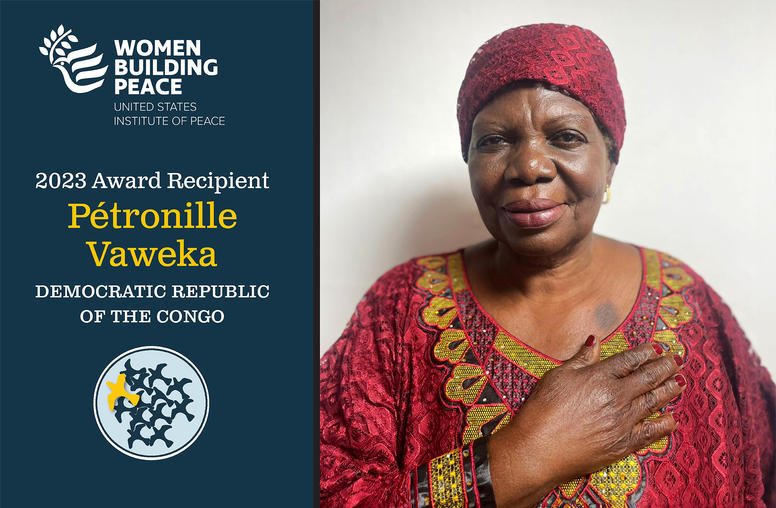Book from USIP’s Academy Breaks New Ground in Conflict Analysis
For Immediate Release
Contact: Paula Burke, 202-429-4778
Steven Ruder, 202-429-3825
(Washington)—The United States Institute of Peace (USIP) releases Conflict Analysis: Understanding Causes, Unlocking Solutions, by Matthew Levinger. A definitive primer, Conflict Analysis introduces a wide range of analytical tools that will help practitioners and nonspecialists identify emerging threats of deadly conflict as well as opportunities for managing or resolving a conflict. The tools include early warning watchlists and conflict metric instruments, conflict assessment frameworks, narrative analysis, conflict mapping and systems mapping, and scenario analysis.
“When working in volatile and stressful conflict environments, practitioners often feel pressure to act quickly to produce immediate results,” says Levinger. “Inadequate attention to conflict analysis often costs lives and resources—both for those living in conflict zones and for international actors trying to help them—and can result in missed opportunities to forge lasting peace.”
This book aims to help practitioners easily incorporate the practice of conflict analysis into their planning, identifying it as an intuitive process that should be an important first step. To illustrate key points, it draws on a wide range of historical and contemporary cases, including the Cuban missile crisis, the Israeli-Palestinian conflict, the Yugoslav wars of secession, the Rwandan genocide, the 9/11 attacks, and the Iraq and Afghanistan wars.
Based on two underlying premises—that everyone is an analyst and that systematic analysis is essential—the volume emphasizes the causes of peace as well as of conflict and stresses that conflict analysis is a social as well as an intellectual process. Providing practical guidance to analysts involved in program design and implementation, this volume goes beyond the role of conflict analysis in decision making and program implementation and presents new strategies for maximizing the utility of analytical work within an organization. Analysts not only have the opportunity to create a strategic narrative of the conflict, they can identify ways in which diverse organizations operating in zones of conflict can complement each other’s work.
Conflict Analysis is the second volume in the new Academy Guides series, following Peace Economics: A Macroeconomic Primer for Violence-Afflicted States. Combining theory and practice and emphasizing strategic thinking, the Guides are geared for policymakers and third parties working in conflict zones, as well as for students of conflict management and peacebuilding.

